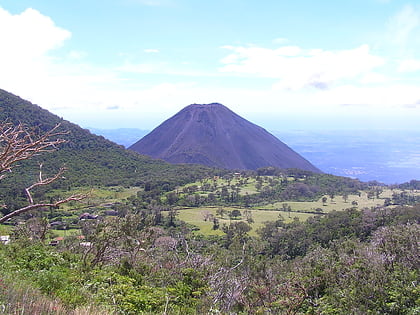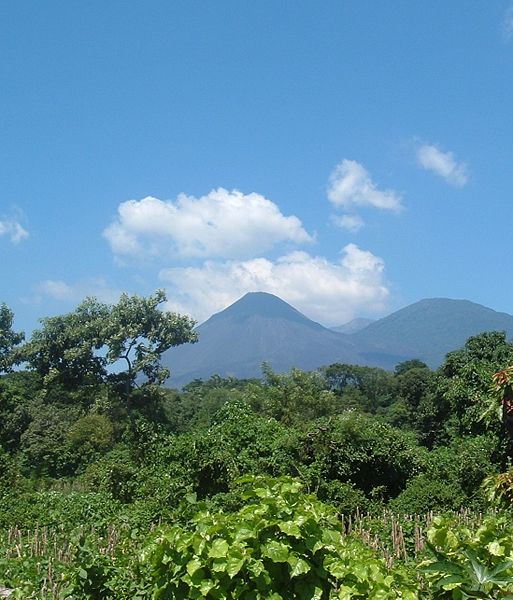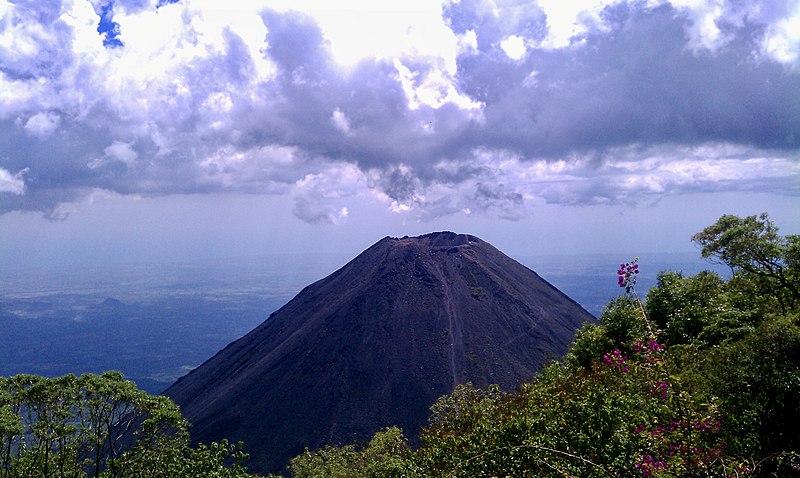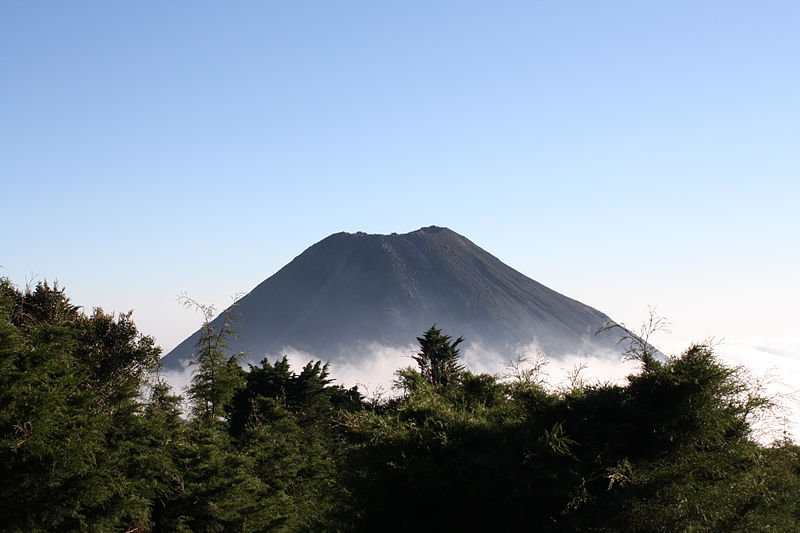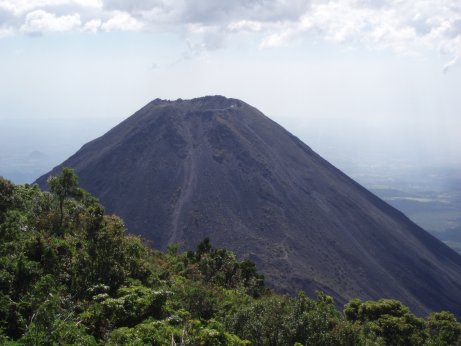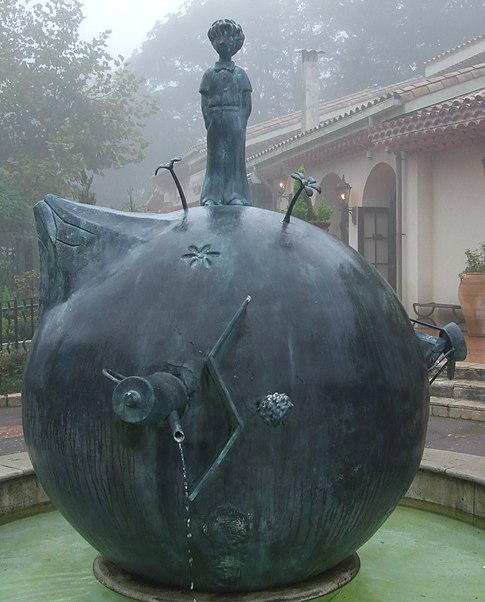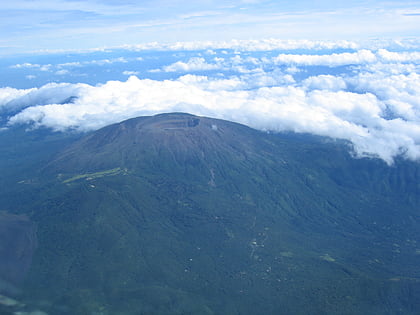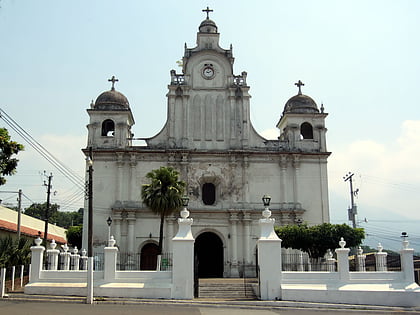Izalco Volcano
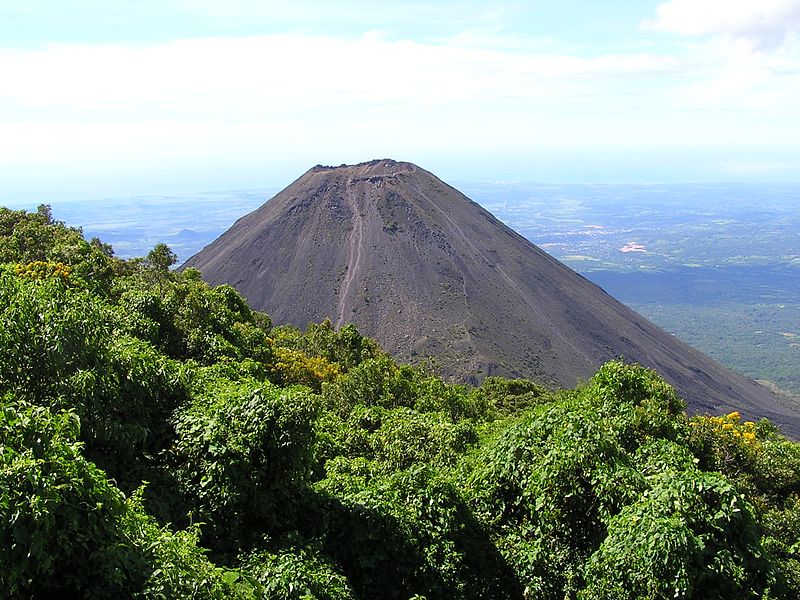
Facts and practical information
Izalco Volcano, often referred to as the "Lighthouse of the Pacific," is an emblematic natural landmark of El Salvador, renowned for its almost continuous eruptions during the 20th century. This stratovolcano, which soars to an elevation of 1,952 meters, is situated along the volcanic chain that decorates the Salvadoran landscape.
Izalco Volcano was born in 1770, emerging from the flank of the older Santa Ana volcano. It quickly grew from a cinder cone to a conical stratovolcano, earning a reputation for its persistent activity that provided a natural beacon for ships navigating the Pacific Ocean, hence its nickname. For about 196 years, the volcano erupted with such regularity that it became a significant feature for sailors and a fascinating, if not daunting, attraction for locals and visitors alike.
The volcano's last major eruption occurred in 1966, after which its activity significantly decreased. However, it's the youngest and one of the most symmetrical of the Salvadoran volcanoes, drawing in tourists for its striking profile against the backdrop of the Central American sky. The area around Izalco Volcano is now part of the Cerro Verde National Park, which offers guided hikes to adventurers looking to explore the volcanic landscapes and enjoy panoramic views from the summit.
Sonsonate
Izalco Volcano – popular in the area (distance from the attraction)
Nearby attractions include: Santa Ana Volcano, Izalco.
